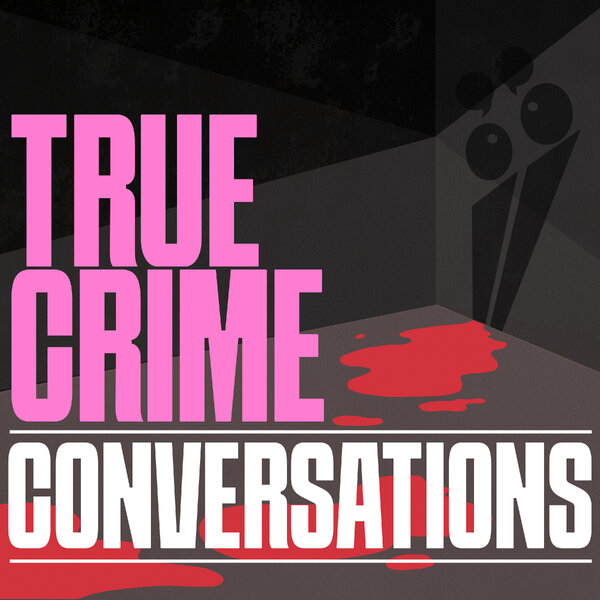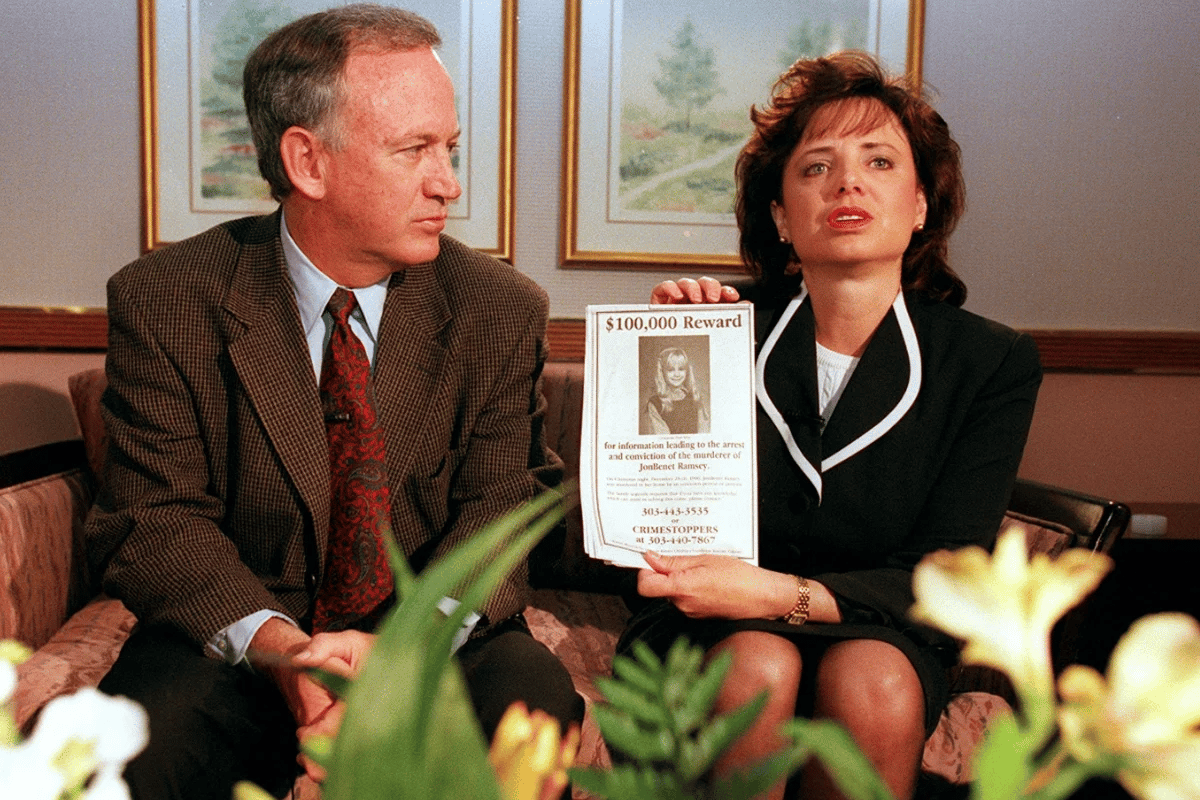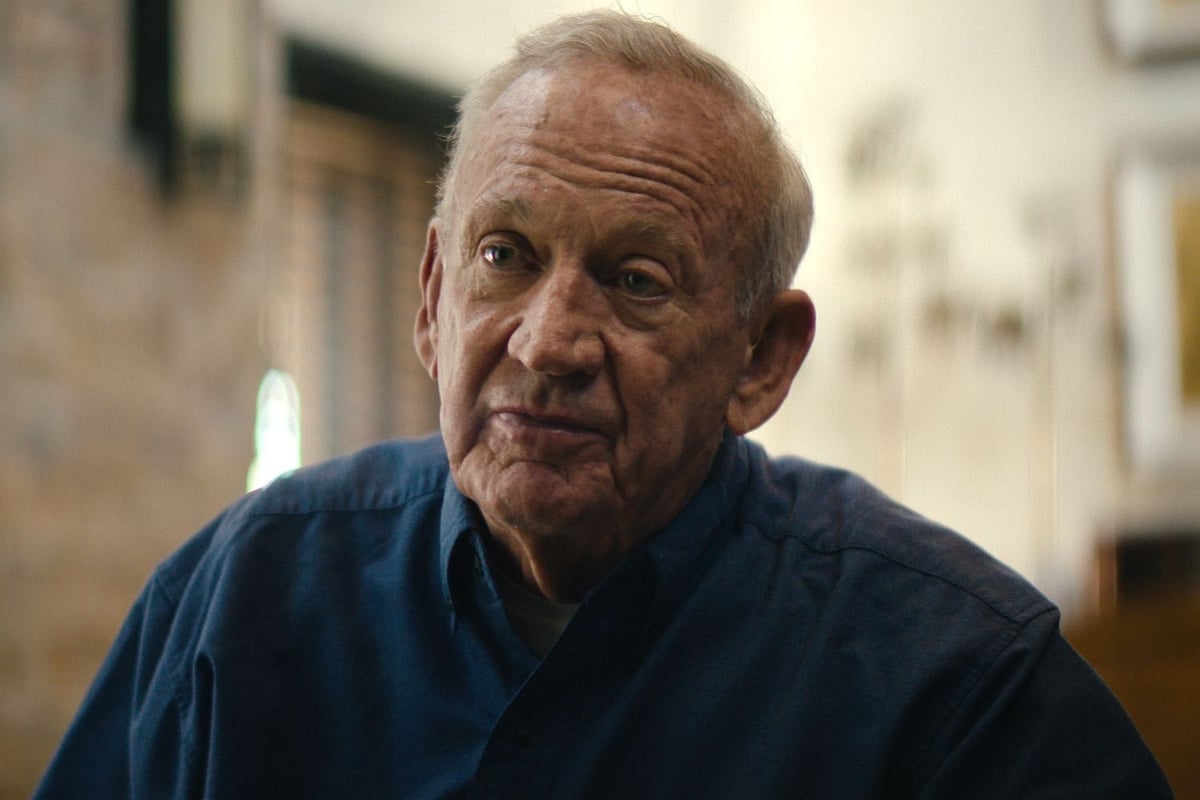
When it comes to true crime, no case has been more speculated about than the murder of JonBenét Ramsey. That's a fact.
In the most recent examination, the Netflix documentary Cold Case: Who Killed JonBenét Ramsey revisits the haunting 1996 murder of the six-year-old beauty queen, sharing insights into this unsolved case.
The documentary exposes significant flaws in the police investigation, including the failure to properly secure the crime scene and an obsession with the Ramsey family as suspects. Despite public suspicion, the Ramseys were officially cleared in 2008 after DNA evidence pointed to an unexplained third party.
Watch the trailer for Cold Case: Who Killed JonBenét Ramsey. Post continues after video.
Some have suggested that the Netflix series is biased as it bases a lot of its arguments on the one-sided perspective of JonBenét's father, John Ramsey, now 80, who features throughout the docuseries to share his frustrations with the initial investigation.
Followers of the case have questioned whether this series is Ramsey 'propaganda', as quite a few significant details in the case were completely omitted.































































































